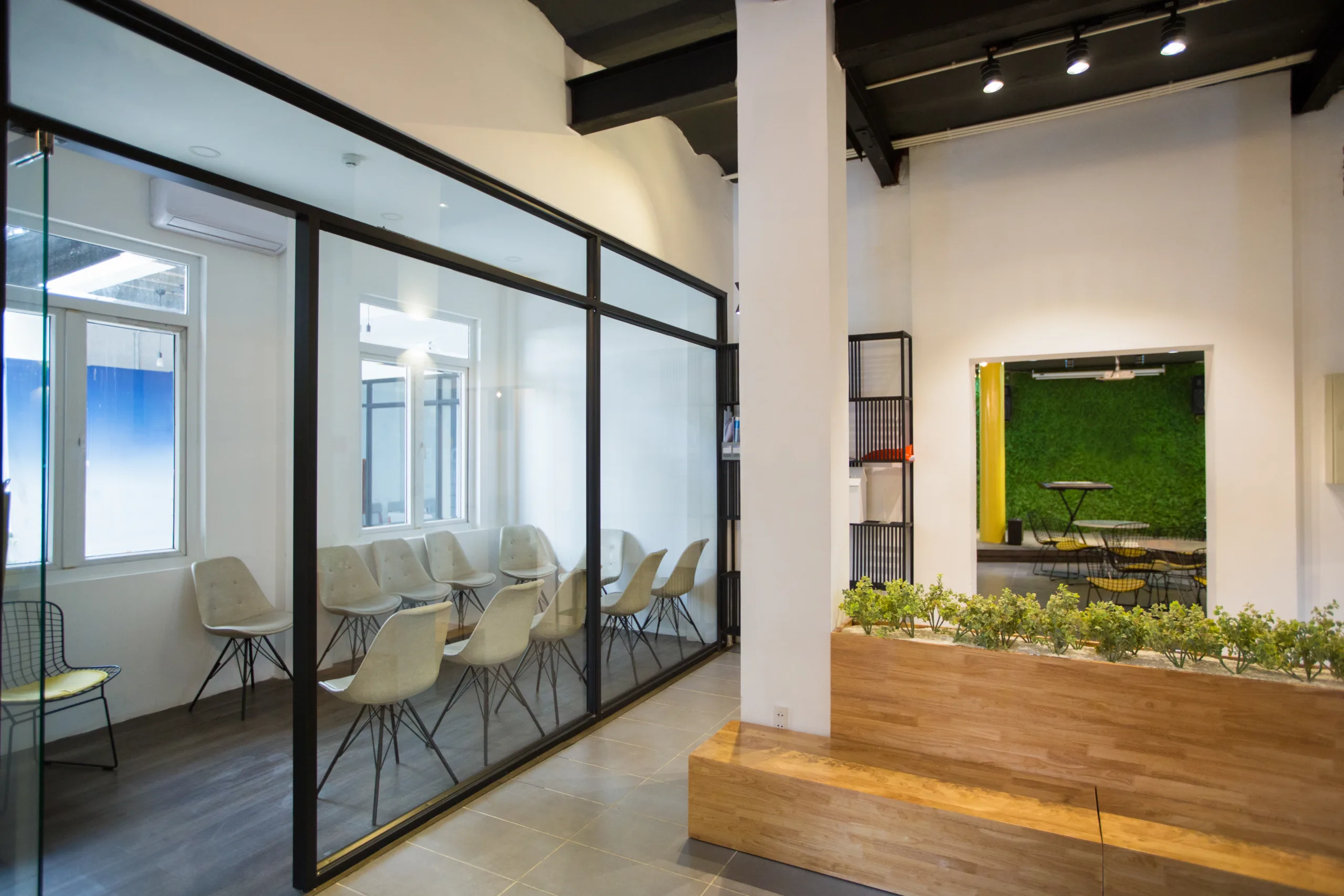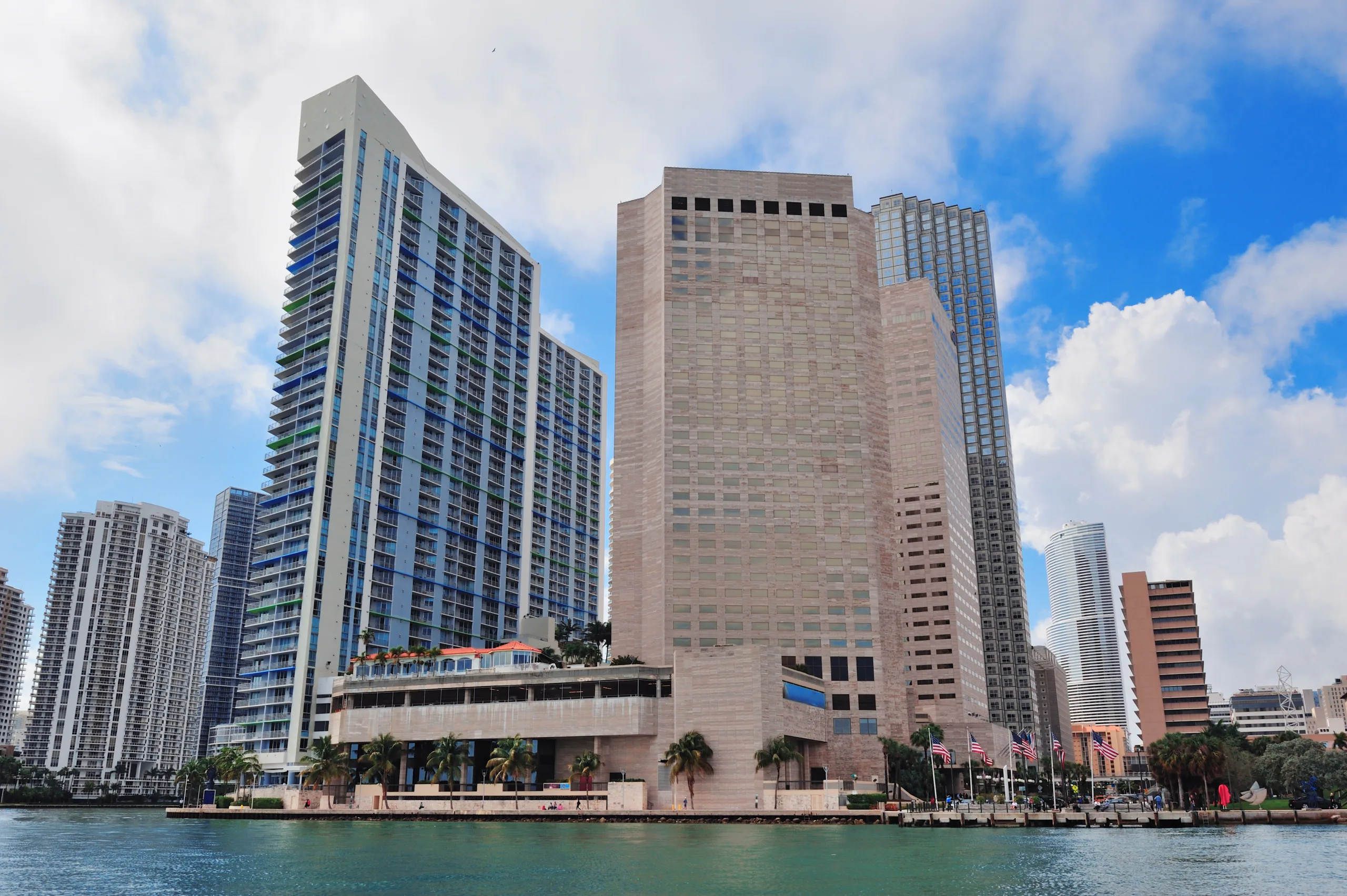- WeWork launched a global campaign, “WeWork for Business,” to reposition itself as a serious, professional office space provider.
- The rebrand follows its 2023 bankruptcy and restructuring under new leadership and ownership.
- The company is shifting focus from startup flash to profitability, discipline, and real estate expertise.
From Party Culture to Professionalism
WeWork is leaving behind its startup-era image, per the WSJ. Once known for beer taps and neon signs, the company is now pitching itself as a reliable office space provider. The new campaign, “WeWork for Business,” features sleek buildings, meeting rooms, and professionals in suits.
“WeWork is the platform that maximizes the efficiency of your real-estate strategy,” says the voice-over in its latest ad. There’s no kombucha in sight.
Chief Marketing Officer Petula Lucey led the campaign. She says it reflects a mature, disciplined company ready to serve large businesses.
New Leadership, New Direction
CEO John Santora, a real estate veteran from Cushman & Wakefield, now leads the company. Under his leadership, WeWork is focusing on operations, not hype. Santora brought in Lucey, who previously worked with him at Cushman, to steer the brand’s image.
Together, they’ve worked to rebuild credibility and emphasize WeWork’s core value: high-quality office space for modern businesses. Lucey delayed any major advertising until WeWork could tell a clear, stable business story.
Get Smarter about what matters in CRE
Stay ahead of trends in commercial real estate with CRE Daily – the free newsletter delivering everything you need to start your day in just 5-minutes
Focused on Fundamentals
WeWork now runs about 600 locations, down from 850 at its peak. In 2024, it generated $2.2B in revenue. It also posted three straight quarters of positive EBITDA, a key profitability measure.
Forty-seven Fortune 100 companies use its spaces. WeWork plans to invest $80–$100M into property upgrades in 2025.
The global flexible office market is expanding. Fortune Business Insights projects it will grow from $39.6B in 2024 to $136.5B by 2032. This trend is driven by hybrid work and demand for short-term leases.
A Competitive Market
WeWork no longer dominates the coworking category. Competitors like Industrious, LiquidSpace, and IWG’s Regus and Spaces have gained market share. Meanwhile, WeWork locations now look more conventional, trading quirky decor for practical design.
Lucey says the company is leaning on experience and scale to win back trust. “We’re not trying to be flashy anymore,” she said. “It’s about being smart with how we operate and spend.”
Why It Matters
This isn’t just a rebrand. It’s a reset. Lucey and Santora want WeWork to compete on real estate fundamentals—not buzz.
In 2018, the company spent $379M on sales and marketing. That included $91M for ads. Lucey’s current budget is smaller, but still includes over $1M for the new campaign.
What’s Next
Despite its past, WeWork still has brand recognition. Lucey says the new team never considered changing the name. Instead, they plan to restore its value.
The company is betting that a disciplined, business-first image can attract stable tenants. With the flexible office sector growing, WeWork hopes to play a serious role—without the party vibes.


















